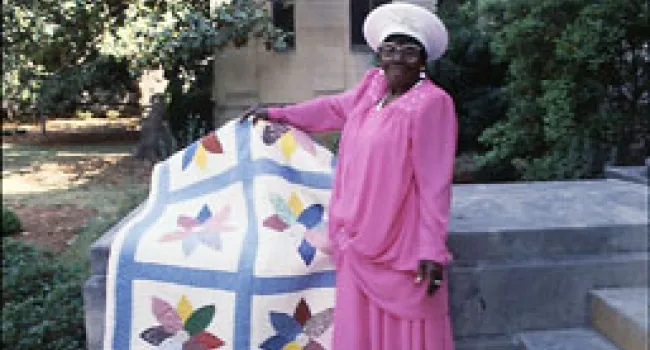
Photo
Mrs. Mary Albertha Green is a lifelong resident of the Sutton Community of Andrews. Mrs. Green has been quilting since the age of eight, when an aunt taught her to turn old clothes into beautiful and...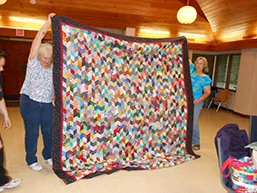
People have always depended on furs, fibers, and fabrics for protection and warmth, but these materials also served as a way to enrich their environment. Until the rail lines opened up routes to the South Carolina backcountry in the middle of the nineteenth century, residents had little access to imported goods. In the mountains and foothills, Scots-Irish immigrants brought a strong tradition of flax harvesting and linen production. In other parts of the rural south, plantations provided another source of homespun textiles. Textiles, especially quilts, can serve several functions. Quilts carry powerful emotional significance and many were made to show off fine fabrics and fancy needlework; others were composed of scraps and remnants. Whether using imported fabrics, domestically produced fibers, or material scraps from the family farm, quilts are intimately connected to the maker’s social and economic environment.
Content is provided by McKissick Museum, University of South Carolina.
For further information about any of the artists featured on Digital Traditions, send your questions and comments to hallagan@mailbox.sc.edu.

Photo
Mrs. Mary Albertha Green is a lifelong resident of the Sutton Community of Andrews. Mrs. Green has been quilting since the age of eight, when an aunt taught her to turn old clothes into beautiful and...
Photo
Ms. Sharon Golden is a member of the Berry Quilters Guild, a quilting group based in Newberry. She is self-taught and began the learning process in 1995 by looking at sewing books and magazines. She...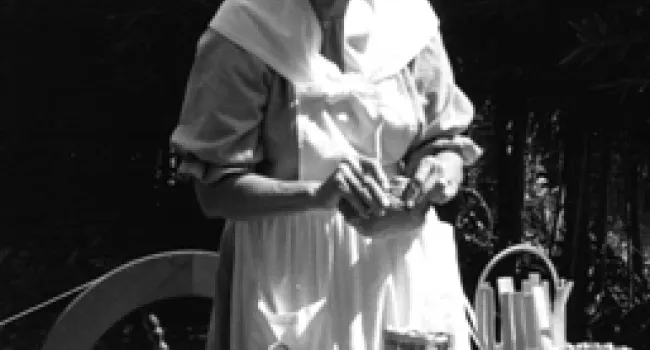
Photo
Because of her close ties with textiles, she became interested in enhancing the beauty of fibers with natural dyes. She learned how to use roots, berries, flowers and many other organic materials for...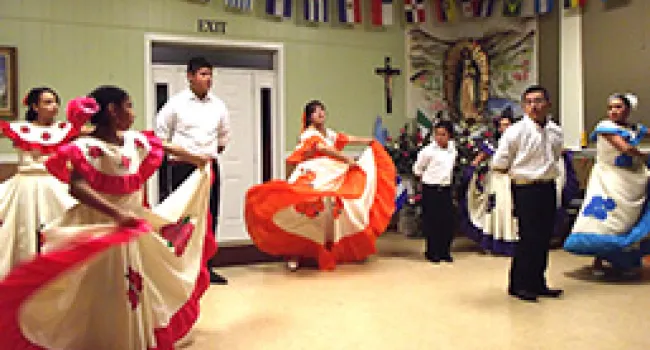
Photo
Ms. Maria de la Paz Garcia is a traditional seamstress whose specialty is sewing Mexican folk dresses. She enjoys sewing them for the Vigen de Guadelupe Holiday festival and learned the art in Mexico...
Photo
Mrs. Jovita Cordova is originally from Mexico. She now resides in Lexington County, South Carolina where she continues a tradition she learned from her mother in Mexico. She learned to crochet when...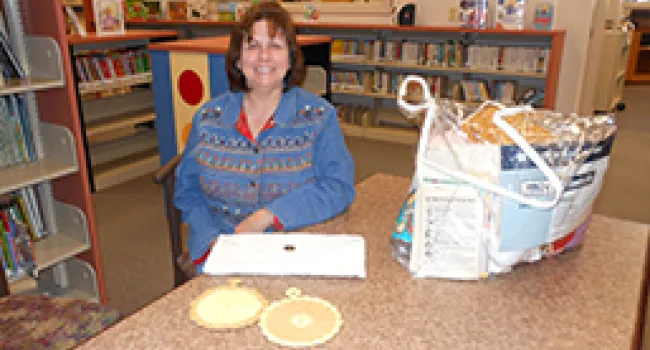
Photo
Mrs. Gail Rikard Cockrell is a crochet artist from Saluda County. She learned how to crochet when she about sixteen years old from watching her mother and grandmother as well as learning on her own...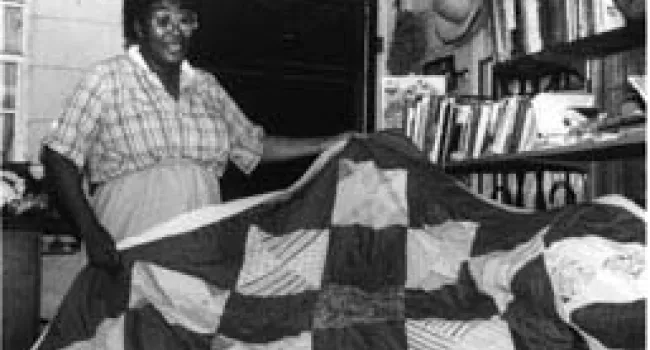
Photo
A native of Georgetown County, Coachman was a quiltmaker whose work represented the best in the distinctive traditions of the South Carolina coast. Coachman grew up in a traditional quilt making...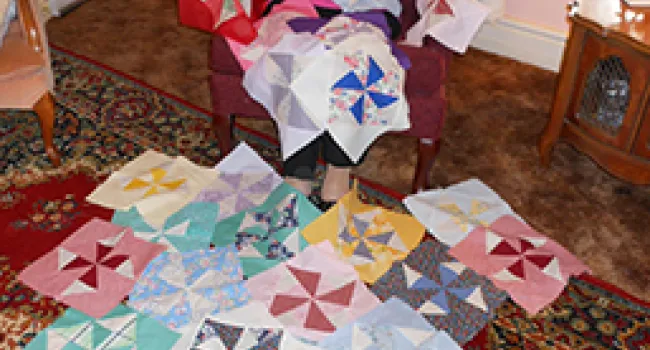
Photo
Mrs. Helen Clark Carpenter practices canning and preserving at her home in Edgefield. She learned this tradition from her mother, in her home state of Ohio. She has been canning for over forty years...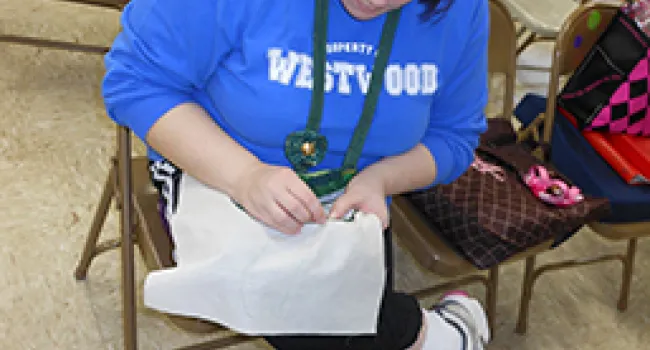
Photo
Mrs. Amanda Brown is a quilter from Greenwood County. She works both by herself and with a local quilting group. Mrs. Brown learned from helping her mother and has been practicing her art for over...
Audio
Rebecca Hill describes her process for canning vegetables.